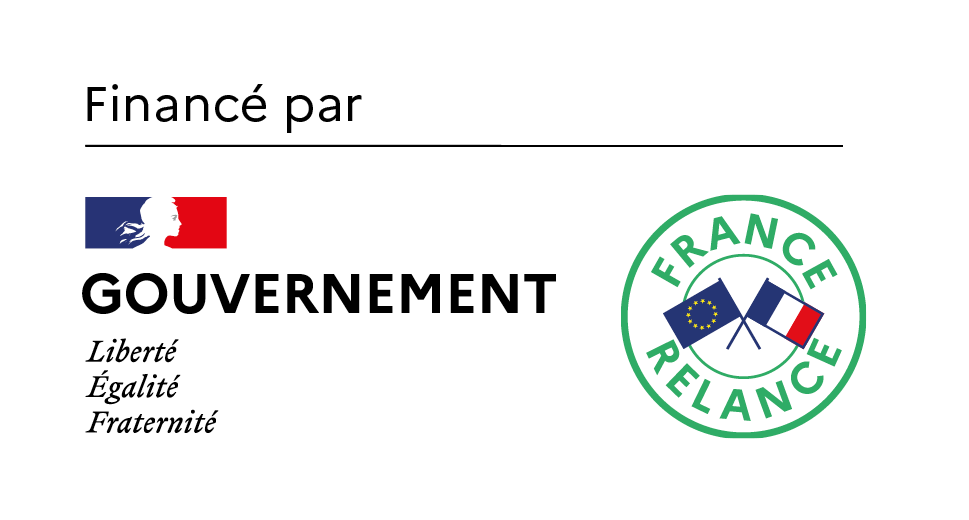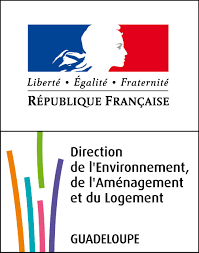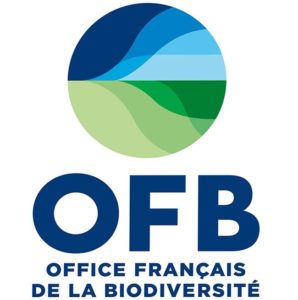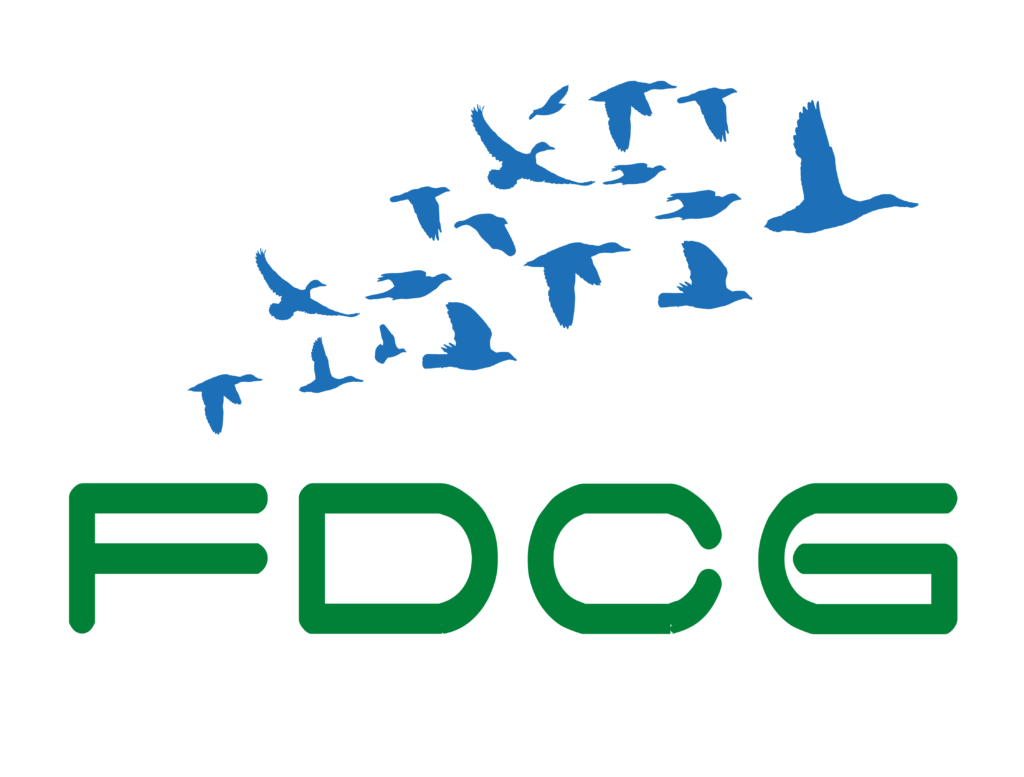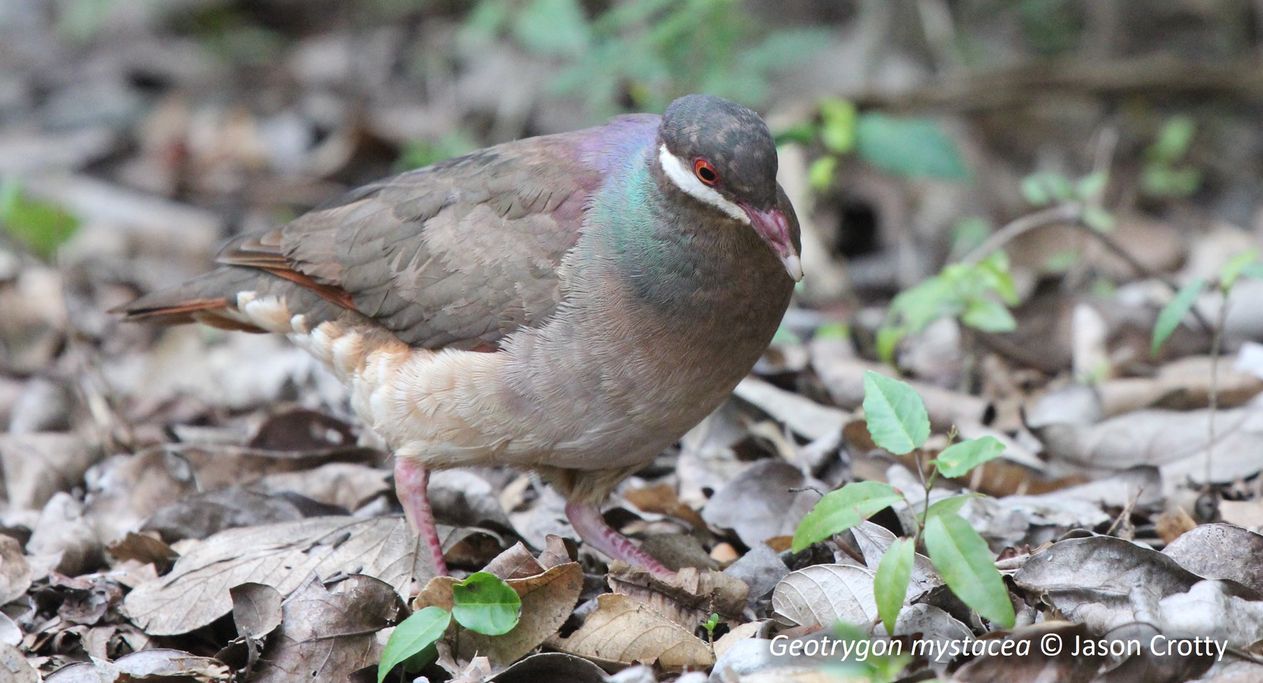In the French West Indies, as elsewhere, hunting is a widespread activity that leads to excess mortality in game species populations, justifying the implementation of management measures (quotas, hunting season, etc.) aimed at sustaining both the hunting activity and the viability of the bird populations concerned. In Guadeloupe and Martinique, however, hunting management is complicated because of the lack of knowledge on the ecology and population dynamics of bird species of hunting and patrimonial interest, resulting in recurrent conflicts between hunters and nature protection associations. These conflicts are sometimes settled in court, in particular by suspending the hunting of certain species. However, both parties are unanimous: there is a real need to acquire the necessary knowledge for a reasoned management of huntable species.
In this context, a project started this year aims at setting up a study and monitoring program of several bird species of hunting interest in Guadeloupe. This project results from a collaboration with the Fédération des Chasseurs de Guadeloupe (Guadeloupe Federation of Hunters), the DEAL and the Office Français de la Biodiversité (French Office of Biodiversity). Such a project requires both an expertise in conservation biology, a good knowledge of the Caribbean species, but especially an impartiality and a scientific objectivity on the subject. Caribaea Initiative was therefore chosen to lead this project.
Several organizations and institutions with a strong interest in the subject (associations specialized in ornithology, hunters’ federations, natural parks, etc.) accepted to give their opinion on the species to be studied in priority. The selected species include the Scaly-naped pigeon (Patagioenas squamosa), the White-crowned pigeon (Patagioenas leucocephala), the Ruddy quail-dove (Geotrygon montana), the Bridled quail-dove (Geotrygon mystacea), the White-winged dove (Zenaida asiatica), the Zenaida dove (Zenaida aurita), the Scaly-breasted thrasher (Allenia fusca), and the Pearly-eyed thrasher (Margarops fuscatus).
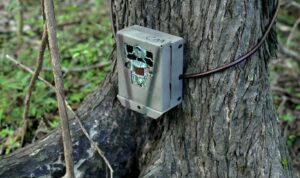
Camera traps are used to identify bird species.
A synthesis of the bibliography is currently in progress. It will lead to a better understanding of the conservation status of these species, based on the literature already available. The rest of the project will take place in the field, with the use of different methods, such as photographic traps and acoustic recorders allowing the identification of the different species of birds present in a given place based on photos and on their songs.
The data collected will be used to rigorously estimate the population sizes of the different species on a local and regional scale, taking into account their seasonal and interannual fluctuations, and to characterize the spatial distribution of each species. A better knowledge of the ecology of the species is important to better understand the timing of their reproductive activity. The results will have a double application: to evaluate the conservation status of the species and to judge the relevance of the breeding season concept for each species. These two parameters are very important for the implementation of an adapted management of their hunting.
For the realization of the project, Christopher Cambrone, holder of a PhD on two of the targeted species and specialist in the methods of monitoring of the avifauna, will take care of the coordination. He will be supported by a technical assistant starting in May. A master student should also take part in the project as part of his/her internship. The project, already started in Guadeloupe, should also be implemented in Martinique this year, following the request of the Fédération départementale des chasseurs de Martinique (Martinique Departmental Federation of Hunters).
